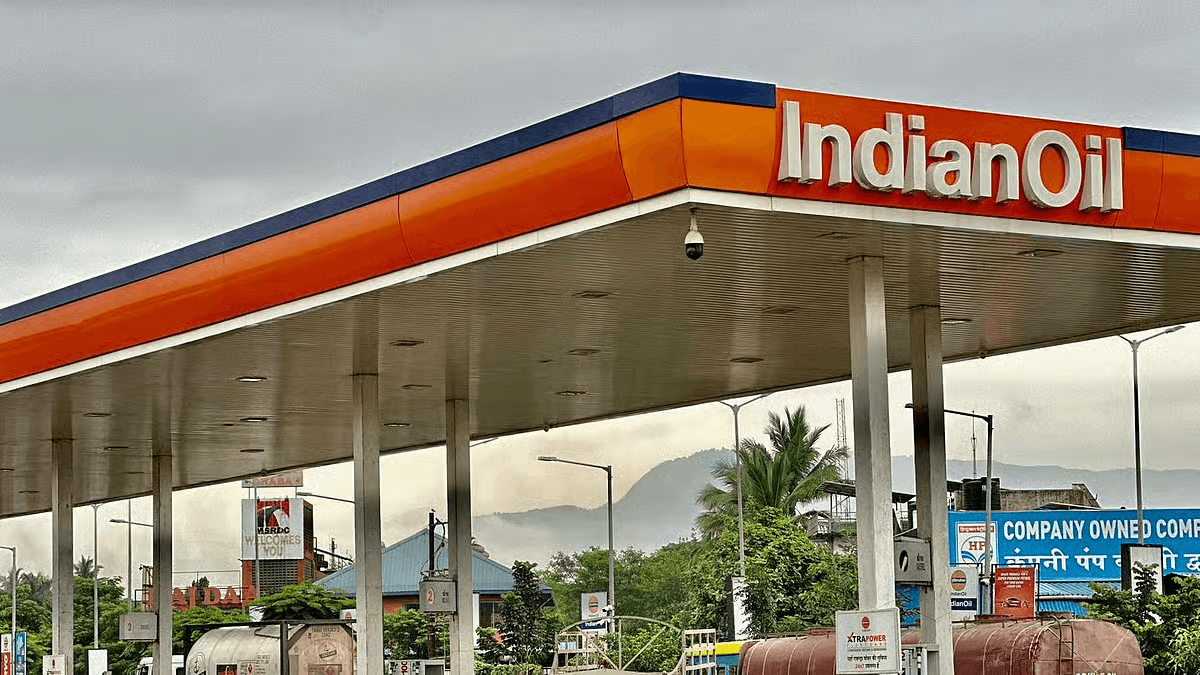Indian Oil Q2 Results 2025: Higher Refining Margins Boost Profits
Indian Oil’s Q2 2025 results reveal a surge in profitability as refining margins strengthen. Get detailed insights into financials, growth drivers, and outlook.
Indian Oil Q2 Results: Refining Margins to Contribute to Better Operating Performance
The Indian Oil Corporation Limited (IOC), one of India’s largest and most influential energy players
has posted robust financials for the second quarter of fiscal year 2025-26.
The headline numbers highlight a significant boost in profitability—a result powered predominantly by higher refining margins and improved operational efficiency. This impressive turnaround has not only delighted investors but also demonstrated Indian Oil’s resilience in a dynamic, often volatile, global market.
Indian Oil Q2 Results 2025
Strong Financial Performance
For the July-September 2025 quarter, Indian Oil reported a standalone net profit of ₹13,288 crore, marking a staggering multi-fold increase compared to ₹180 crore in the same period last year.
This massive uptick is primarily attributed to the company’s ability to capitalize on favorable refining economics, despite a marginal reduction in total revenue. This quarter’s profit jump is especially remarkable given the challenging backdrop of fluctuating crude oil prices and changing regulatory dynamics in the energy sector.
Refining Margins: The Key Growth Driver
Refining margins, measured by Gross Refining Margin (GRM), are a vital profitability metric for integrated oil companies. For Q2 2025, Indian Oil achieved an average GRM of USD 19.6 per barrel—far ahead of both the USD 2.15 per barrel in Q1 and USD 1.59 in Q2 of the previous year. This sharp uplift reflects improved product spreads, better inventory management, and favorable market conditions for refined fuels such as petrol and diesel.
Improving Operational Metrics
EBITDA for Q2 stood at ₹14,583 crore, up 15.7% quarter-on-quarter.
EBITDA margin expanded from 6.5% in Q1 to 8.2% this quarter.
Revenue for the quarter was ₹1.79 lakh crore, showing a 7.3% reduction but offset by efficiency gains and better margins.
The expansion in EBITDA margin despite a dip in revenue highlights Indian Oil’s operational discipline and cost-saving initiatives.
The ability to derive greater value from each processed barrel underscores management’s focus on optimizing throughput and minimizing losses.
Market and Strategic Factors
Multiple industry forces played into Indian Oil’s hands this quarter.
Diesel cracks—trade margins on diesel versus crude—remained stronger, boosting overall GRM.
Stable domestic demand, especially in transport fuels, helped maintain throughput at refineries.
Steady throughput volumes and operational resilience insulated the company from adverse fluctuations in global oil prices.samco
The Indian government’s ongoing compensation mechanisms and the company’s focus on digital transformation in refining operations also played supportive roles in maintaining profitability.
A Closer Look: Year-on-Year Comparison
| Metric | Q2 FY26 | Q2 FY25 |
|---|---|---|
| Standalone Net Profit | ₹13,288 crore | ₹180 crore |
| Average GRM (USD/bbl) | 19.6 | 1.59 |
| EBITDA | ₹14,583 crore | ₹12,607 crore |
| EBITDA Margin | 8.2% | 6.5% |
| Revenue | ₹1.79 lakh crore | ₹1.92 lakh crore |
| money.rediff+1 |
Strategic Outlook and Investor Sentiment
Indian Oil’s Q2 performance has sent a strong, positive signal to the market. The striking increase in profit and margin resilience despite modest revenue advances underpin the company’s operational agility.
As India pushes for energy security and a broader energy transition, IOC continues to invest in refining upgrades, energy efficiency, and integration of digital tools across its business.
Going forward, Indian Oil is expected to maintain robust momentum, supported by the following:
Continued focus on cost-controls and refining innovation
Favorable product mix, with strong demand for diesel and petrochemicals
Expanded use of technology to streamline supply chain and operations
Market analysts view Indian Oil as one of the most stable and promising picks in the PSU universe, especially amid the ongoing volatility in crude prices and currency rates.
Conclusion
Indian Oil’s Q2 2025 results stand as a testament to its capability to weather industry challenges and capitalize on market opportunities.
The surge in refining margins has been the primary contributor to improved operating performance and profitability, setting a strong precedent for the coming quarters.
For investors and stakeholders, this quarter reaffirms IOC’s stability, operational excellence, and strategic adaptability in India’s dynamic oil and gas landscape.
